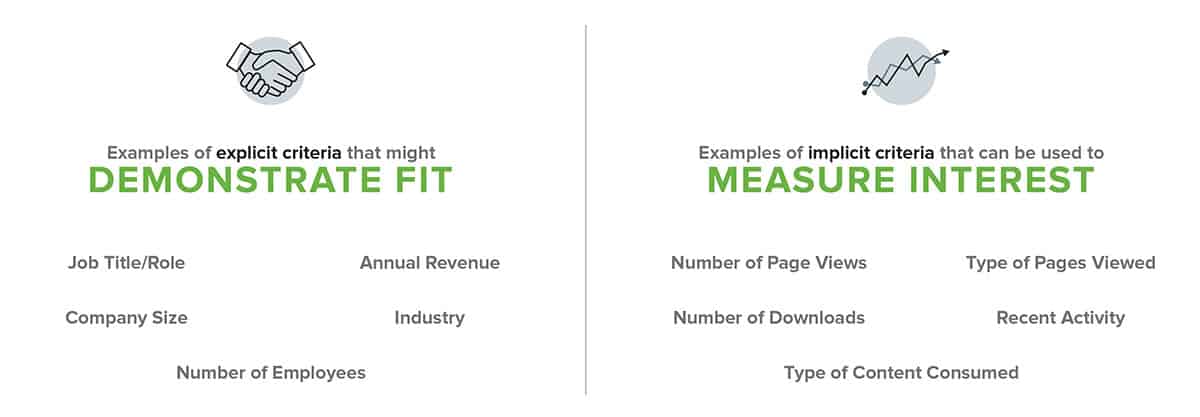Unannounced, a stranger’s dog scampers over to your dog. This new dog starts sniffing around. Your dog looks up at you wondering, should I sniff back? Should I lick its face? What do I do here? Sales lead follow-up doesn’t have to be this awkward.
How you handle your inbound leads is just as important—if not more important—than generating leads in the first place. Your end goal shouldn’t be more leads; it should be more customers.
Don’t smother your inbound marketing leads right away
You’ve worked hard putting together content your buyer persona finds interesting and valuable. When they arrive at your landing page, they love the content offer and they hand over their contact information to download it. (If only it was always this easy.) Now what? First, understand that not all inbound leads are created equal. Just because someone found your whitepaper or marketing guide and thought it was worthwhile doesn’t mean they’re sales-qualified.
Too often sales teams want to start selling as soon as a prospect hits their landing page and downloads content. Before you make a move, it’s a good idea to get to know the person you’re reaching out to. If you’re too aggressive or overly sales-y, you can damage your brand and limit your success right out of the gate.
Most sales reps want to follow up by making an initial call, identifying themselves and immediately looking to diagnose the prospect’s problem. After all, they downloaded something so they must have an immediate pain, right?
Lead scoring helps identify your most qualified leads

Some leads are in the early stages of the buyer journey. Some are further along. Some might even be ready to make a purchasing decision right now.
How do you separate the quality inbound leads from the people who are just starting to look around? How do you know which channels to use when following up?
That’s where lead scoring comes in.
Lead scoring allows your sales reps to assign a value to each lead based on the information the lead provided you, how they engaged with your content and whether they’re a good fit for your product/service based on your research.
In the past, most companies have followed the BANT model of qualifying and scoring leads. The BANT model is still relevant today, but your lead scoring model should evolve along with changing B2B buyer behaviors. Your new lead scoring model should include both explicit and implicit criteria.
Lead scoring should inform when and how your sales reps follow up
The first rule of lead follow up is simply to respond.
Harvard Business Review audited 2,241 U.S. companies, measuring how long each took to respond to a web-generated test lead. Although 37% responded to their lead within an hour and 16% responded within one to 24 hours, 24% took more than 24 hours—and 23% of the companies never responded at all.
Merely responding to leads puts you ahead of nearly a quarter of all companies!
Leads with higher scores should be treated differently than those with lower scores. If all leads are thrown into the same bucket, why bother scoring them in the first place?
The higher the lead score, the more urgent it is to respond. A higher lead score could warrant a phone call within 30 minutes of conversion.
A lower lead score may simply require a personalized follow up email. Make sure to ask these leads what they were looking for help with and if they have any questions.
Don’t use this as an opportunity to pitch your product or services. Instead, listen to them and allow them to express their own individual needs and pain points.
If your sales rep is unable to connect right away, don’t just write them off for good. A typical lead is touched by a sales rep only 1.3 times on average. Increasing the number of touches to six increases the likelihood of making a contact by 70%.
Sales lead follow up is all about building trust
The key to following up with sales leads is to remember that on the other side of that screen, email or phone call is a person.
A person who may or may not have a definitive need at this exact point in time.
The most successful sales reps take the time to understand that person’s business, provide value long before the sale and can be looked to as a trusted resource.
